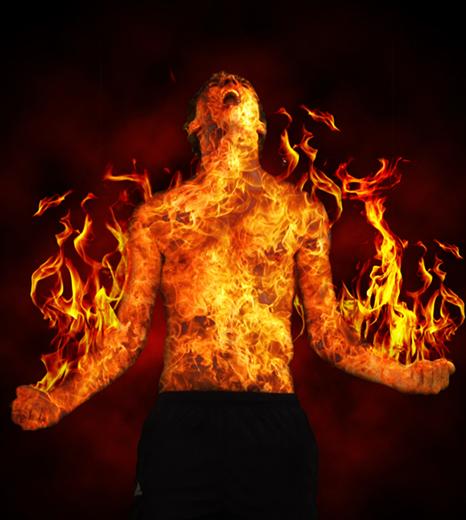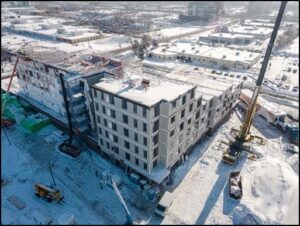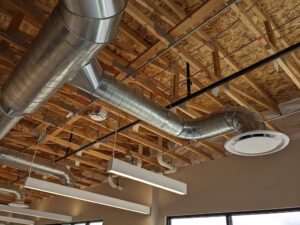Being a multidisciplinary firm, we get a lot of questions about a lot of things. This week, there was an intruiging question about building temperature and the effects of occupants that I thought was worth sharing:
Hi Dean,
I’m hoping to understand more about building temperature and if it is affected in any meaningful way by the body temperature of the building’s inhabitants. I understand that you and/or other people at EV Studio may be able to help me with this.
I was wondering, Can the amount of body heat emitted by employees in an office space make a difference in building temperature? And under what conditions?
I realize the highly theoretical nature of these questions, but I’d truly appreciate your candid thoughts on them.

My response:
The short answer is yes, occupancy definitely affects building temperature, and in some cases, the HVAC system is designed to account for the occupant load (assembly spaces, classrooms, etc.). In lower occupancies, it has a much lower effect, and can be negligible (low density residential for example).
The energy output of a single person is remarkably quantifiable. It depends on the activity level, and ASHRAE has published data on these ranges. The common measurement of energy for heating and cooling is the BTU. A person performing light work duties in an office would create about 600 BTUs (compared to 250 sleeping, or up to 1,800 at heavy work). This 600 BTUs is approximately equivalent to three sixty watt lightbulbs (1 btu = .293 watt-hours). So, you can imagine that a 10,000 square foot office with an occupant load of 1/100 would result in 100 occupants at 600 BTUs each = 60,000 BTUs (300 lightbulbs). This definitely would need to be accommodated in your heat loss/gain calculations when sizing a system.
These calculations also have many other variables such as average outdoor temperature, shading, windows, insulation value, cubic feet of conditioned space, and other functions or equipment in the building (lighting, computers, copiers, kitchens, etc. all contribute to the heating and cooling loads). Typically, the sizing charts and ratings used in commercial heating and cooling calculations already include occupants and typical uses in their numbers, so it isn’t discussed much in terms of individual occupants in an office environment. However, you can see how a nightclub filled with dancing occupants could double or even triple the space’s cooling loads and is a reason why such spaces have significantly larger systems and experience large swings in temperature in short periods of time.
I hope that helps!










